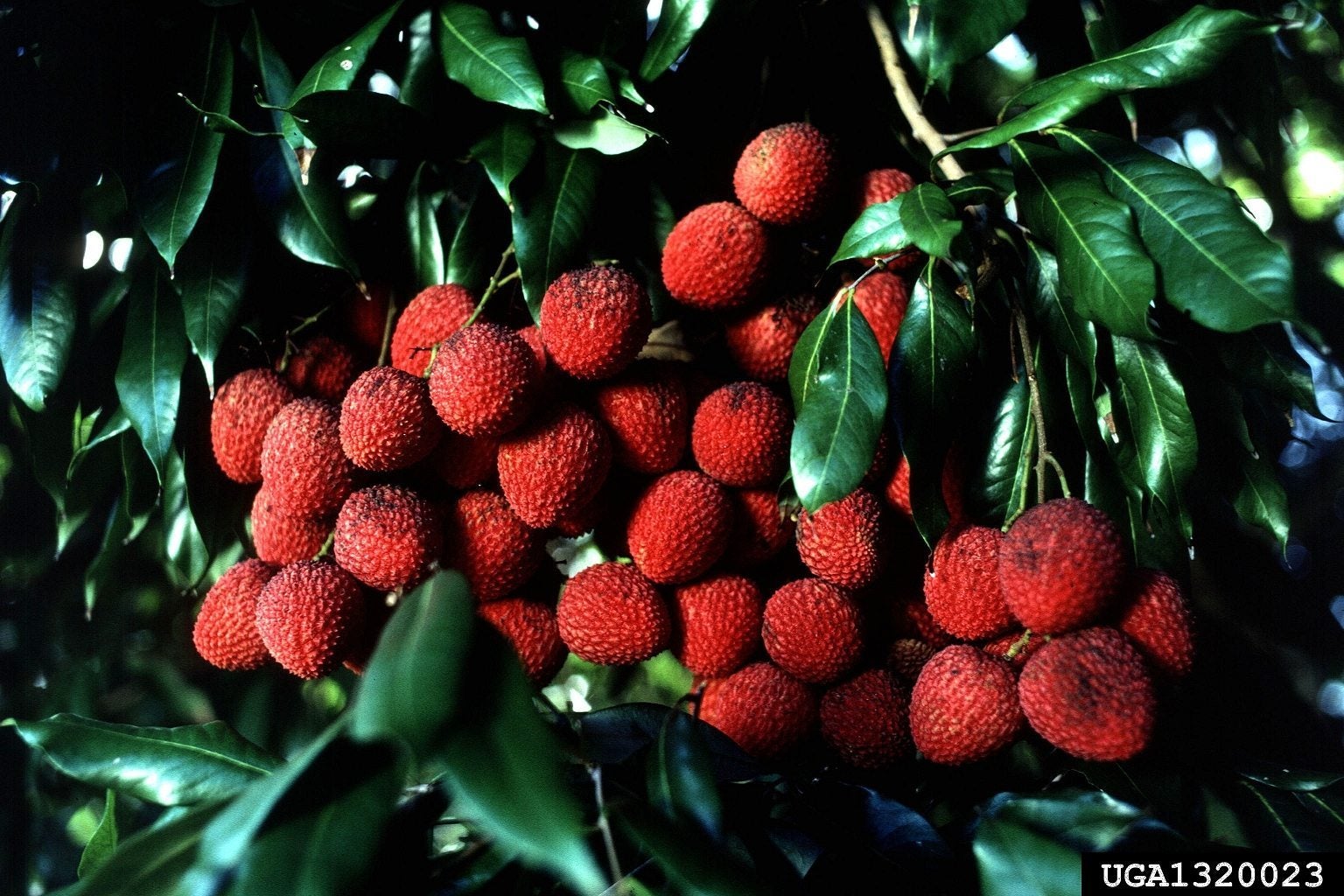What Is Lychee Girdling: Does Lychee Girdling Work


Girdling has a reputation as being unhealthy for plants. This is because it disrupts the flow of nutrients and water to parts of the plant. Interestingly, girdling is a standard practice in lychee trees. Does lychee girdling work? The process does result in higher yields if done at the right time of the year, but it isn't recommended as a consistent practice. Learn when and how to girdle a lychee for increased productivity without harming the plant permanently.
What is Lychee Girdling?
Lychee production is big business in many parts of the world. The sub-tropical plants thrive in temperate to warm regions with high humidity. The attractive fruits almost resemble a berry and are, in fact, members of the soapberry family. Misnamed lychee nuts due to their solid exterior when overripe, the fruits develop from unremarkable tiny, greenish white flowers. According to lychee girdling information, the method will cause more of these little blooms to occur. Some trials indicate that girdling done early in the fall can enhance blooms and, therefore, fruits on lychee trees. Girdling later in the season does not seem to promote this flush. It seems to be most effective on trees that had poor crops the previous season but doesn't affect heavy bearing trees. Consistent girdling will disrupt important nutrients, food, and water to parts of the tree and could negatively impact the tree's overall health. It is a practice reserved for plants that perform poorly and is not considered useful unless crop levels were low.
How Does Lychee Girdling Work?
Plants often flower and fruit best when they feel threatened. Low vigor, inadequate moisture, and other such conditions will send a message to the tree that its number may be up and force it to try to reproduce. The result is increased blooms, fruits, and seeds in the hope that some of these will successfully sprout. Girdling is when you cut into the bark of a branch, severing the cambium, which is the life supply channel for nutrients and water. In effect, you starve the branch, forcing it to fight for its life by attempting to reproduce itself.
How to Girdle a Lychee
Select a strong branch that stems from the main trunk. Never girdle the trunk, as serious health consequences to the entire plant may occur. Use a clean, sharp pruning saw and cut into the bark just as deep as the saw blade all the way around the branch. You are creating a shallow groove in a circle around the stem. The cut will heal naturally but prevent pesticides or herbicides from entering it while the cut seals over. The girdled stem will be laden with flowers and subsequent fruit but the rest of the tree will likely produce at the same rate it would have without any girdled plant material. Lychee girdling information indicates the process is most successful in areas that have a cool winter.
Sign up for the Gardening Know How newsletter today and receive a free copy of our e-book "How to Grow Delicious Tomatoes".

Bonnie Grant is a professional landscaper with a Certification in Urban Gardening. She has been gardening and writing for 15 years. A former professional chef, she has a passion for edible landscaping.